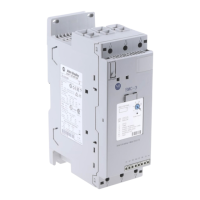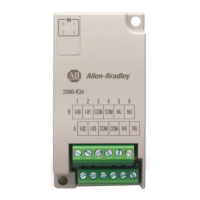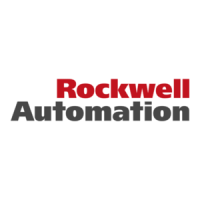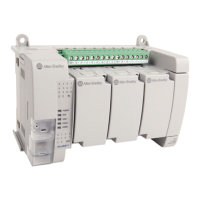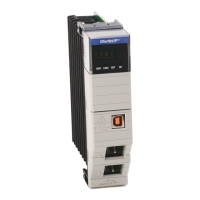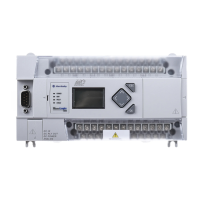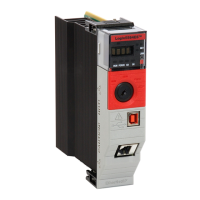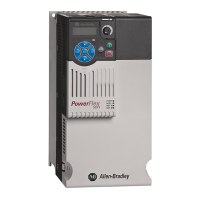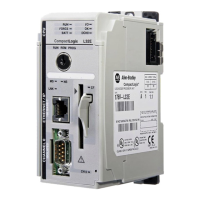Rockwell Automation Publication ICSTT-RM447M-EN-P - July 2019 49
The AADvance Safety Controller Chapter 2
The AADvance Workbench
and Software Development
Environment
The AADvance software lets you design one complete control strategy, and
then target parts of the strategy to individual controllers. Interaction between
the resources is automatic, significantly reducing the complexity of
configuration in a multi-resource system. Programs can be simulated and tested
on the workstation computer before downloading to the controller.
The workstation software is compliant with the IEC-61131 industrial
standard and has several powerful features:
• the regulation of the flow of control decisions for an interacting
distributed control system
• providing for the consistency of data
• providing a means for synchronous operation between devices
• mitigating the need to have separate synchronous schemes
• easing the development and maintenance of robust systems
The Workbench is a software development environment for a controller. It lets
you create local and distributed control applications using the five languages of
IEC 61131-3. (Instruction List (IL) and Sequential Function Chart (SFC)
languages are not supported by AADvance Workbench 2.0). Engineers can use
one language or a combination that best suits their knowledge and
programming style and the type of application.
The Workbench is a secure development environment. There is also a Program
Enable key that must be plugged into the processor base unit to allow the user
to modify and download the application resource or access the AADvance
Discover tool to set or change the controller IP address. The Program Enable
Key when it is removed protects the application from unauthorized access.
The development environment includes:
• tools for program development
•program documentation
•function block library management
• application archiving
• database configuration
• import/export utilities
• on-line monitoring
TCP 4818 CIP™ Produce & Consume
TCP N/A Telnet (diagnostic Interface)
UDP 1123,1124 IXL Bindings
UDP 2010 Discovery and configuration Protocol
UDP 2222 CIP Produce & Consume I/O
UDP 5000 Trusted® peer-to-peer
UDP 44818 CIP Produce & Consume
Protocol Port Number Purpose
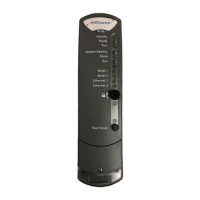
